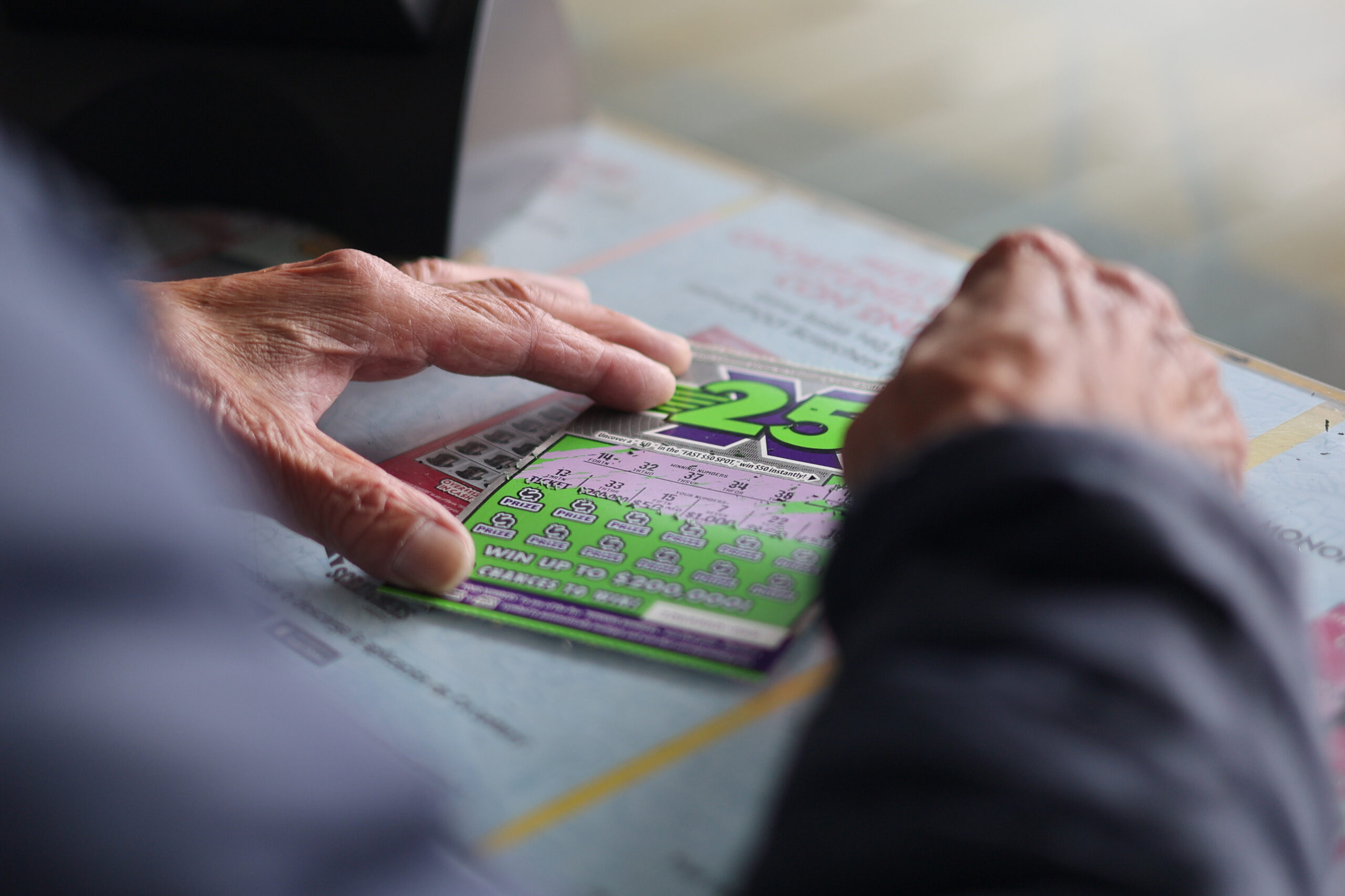Luck is Jessica Li’s business.
The owner of Lucky Ocean Cafe in San Francisco’s Ingleside neighborhood was briskly ringing up coffee and Lottery tickets on a recent Wednesday morning, as she has for more than 18 years.
“‘Lucky’ is in our name,” Li said. “The joke is we’re the ‘Ocean Casino.’”
Back in 2013, a customer won $3.25 million off a scratcher. The oversized check bearing that figure still hangs behind the cashier.
Li’s customers are among the tens of thousands of people who go to mom-and-pop shops and gas stations everyday to play Fantasy 5, Mega Millions and, of course, Powerball.
Playing the California State Lottery is one of three legal ways to gamble in the city—charitable poker and bingo games are the other two—and its drawings and scratchers rake in considerable sums. To better understand the games in a year when voters turned down two gambling ballot initiatives, The Standard got ahold of the numbers behind the city’s preferred way to make wagers.
Retailers and Revenues
Approved by voters in 1984 and launched the following year, the California Lottery produces a variety of drawing tickets and scratchers, from Money Maze to the ever-popular Wheel of Fortune.
The number of corner stores and supermarkets in San Francisco carrying them took a hit during the pandemic, sinking to a low of 439. People popping in for smokes or a pint of Phish Food now have 455 gas stations and corner stores to get a scratcher from, the same number as before Covid.
Retailer revenue has surpassed the pre-pandemic days, too. During the fiscal year that ended June 30, 2022, the retailers brought in $11.8 million from commissions hawking scratchers and tickets and bonuses for cashing. That’s half a million dollars more than 2019 with the same number of retailers. That’s about $26,000 per retailer, on average.
Drawing and Scratcher Sales
As with the number of corner stores citywide, the pandemic did a number on Lottery ticket and scratcher sales, causing an initial $30 million downturn that later bounced back.
Total sales for 2021-22 fiscal year reached $181.3 million, just higher than 2019.
Scratchers are three times as popular as drawing tickets with $137,322,876 and $44,027,817 in total sales respectively.
It’s not possible to know the total winnings of players in the city.
“Players’ hometowns are not public. Therefore, we are not able to tell you how many San Franciscans won during those years,” the Lottery’s spokesperson said.
Also, not all prizes are collected by winners.
As everyone knows, the purpose of the Lottery is to fund public schools. But scratcher sales don’t buy a lot of phonic textbooks or chem-lab equipment. The amount nears insignificance.
Income from the state-run gambling makes up about 1% of the state’s annual budget for the public school system.
San Francisco schools most recently received a $5 million lump sum earlier this year, a sliver of the $495.8 million received since 1985, according to the Lottery’s Who Benefits database.
As the Lottery’s latest ad campaign tagline goes, “A little play can make your day.” And a little luck ain’t bad.
